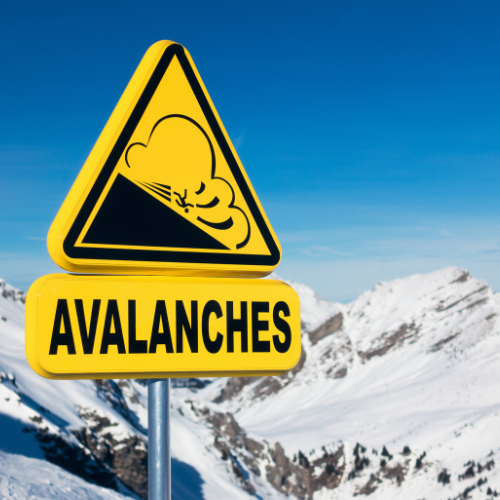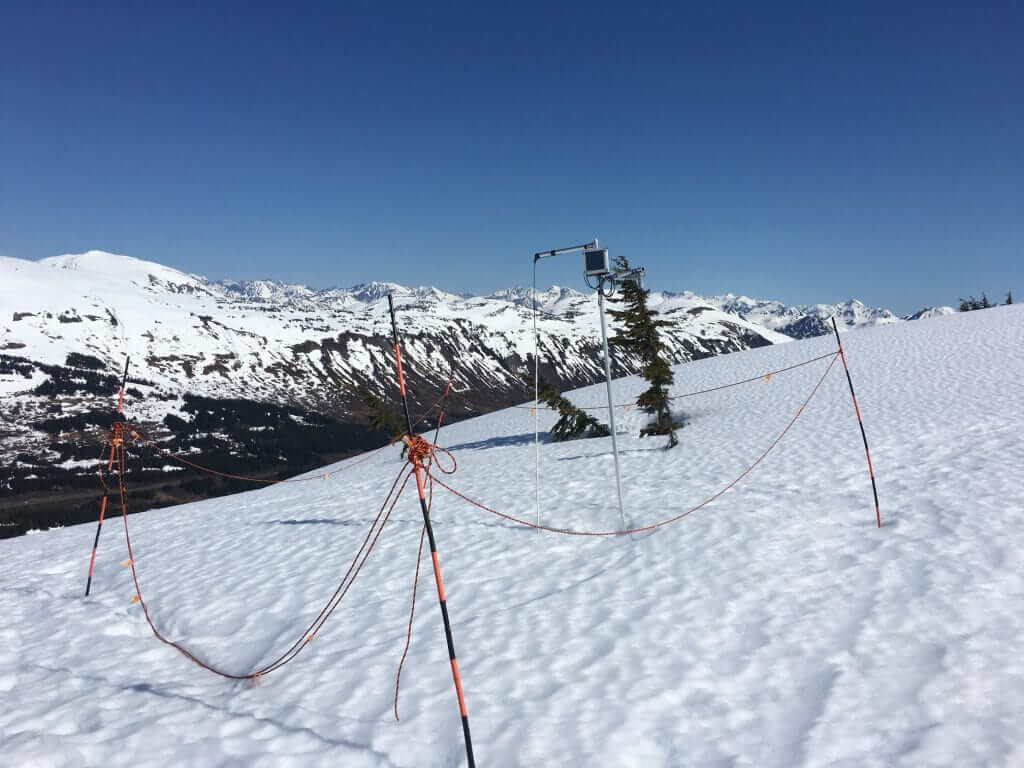When ski patrol closes terrain based on a snow pit dug four hours earlier, they’re making critical decisions with incomplete information. In those hours, wind loads the slope, temperatures change, and conditions evolve. Closures cost resorts thousands per day in lost revenue, while incorrect assessments risk lives. This is the central challenge of avalanche forecasting: high-stakes decisions based on point-in-time observations of constantly changing conditions.
The economic reality
Climate change costs the US ski industry $252 million annually, while 59% of North American ski resorts have closed since the 1960s-70s boom. The remaining operations face mounting pressure. The industry supports over 191,000 jobs and generates more than $20 billion annually, operating on increasingly thin margins.
The Utah Avalanche Center alone spends $800,000 annually on forecasting operations. Multiply that across mountain ranges and resort safety programs, and the investment becomes substantial. But the visible costs are just part of the equation.
Conservative closures protect safety but sacrifice revenue when conditions might actually be stable. The inverse carries even higher costs in liability and reputation. Insurance premiums reflect this operational uncertainty, and skilled professionals must traverse hazardous terrain for manual observations.
Current methods and their limitations
Traditional avalanche forecasting relies on manual observation: snow pits, stability tests, and extrapolation from point measurements. These methods are built on deep expertise and have served the industry well.
However, traditional stability tests have limitations. There is “no perfect test for predicting avalanches” with “inherent error due to spatial variability,” meaning test results can vary across a specific slope. Weak layers remain particularly challenging to detect, yet are often responsible for avalanche activity.
Climate change adds complexity. Events like Alyeska Resort’s 2023 D4 avalanche demonstrate how “wet melt-down avalanches don’t react in the same way to standard winter mitigation efforts”. Weather patterns are less predictable, and temperature trends “before, during, and after storms” increasingly deviate from historical norms.
Meanwhile, existing automated detection systems “are very expensive and therefore not well suited for up-scaling”, creating a gap between forecaster needs and practical deployment options.

The value of continuous monitoring
Continuous observation changes the equation. Instead of wondering what happened between measurements, forecasters gain real-time insight into snowpack evolution. Temperature gradients that signal instability can be detected as they develop, providing data that complements traditional observation methods.
Research demonstrates that combining “snow physics, mechanical analysis of snow profiles and observed avalanche data improves avalanche activity prediction”. The limiting factor has been comprehensive, continuous data to support these models.
Continuous monitoring enables:
- Real-time detection of temperature inversions indicating weak layer formation
- Correlation of gradient patterns with stability events over multiple seasons
- Site-specific knowledge building
- Quantifiable confidence levels for operational decisions
Operational Example: Turnagain Pass
At Alaska’s Turnagain Pass, the Chugach National Forest Avalanche Information Center has maintained continuous snowpack temperature monitoring for over five years. Thirty-one sensors at 15cm intervals provide temperature gradient data every two hours via satellite transmission.

The system complements forecaster expertise with continuous data from one of North America’s most challenging avalanche environments. Temperature profiles reveal subsurface conditions invisible to surface observation. Data accumulates season over season, building understanding of how this specific terrain responds to weather events. The installation was recently upgraded to newer data logger technology, demonstrating the value of long-term monitoring infrastructure.
Read the complete Turnagain Pass case study →
Industry direction
The shift toward remote monitoring is accelerating. Utah DOT recently replaced “decades-old Howitzer-based systems with Wyssen Remote Avalanche Control Systems”. These technologies “eliminate the need for professionals to traverse hazardous terrain during active avalanche conditions”, improving both safety and data quality.
November marks the start of avalanche season preparation. Operations are evaluating what data would have improved decision-making last season and what uncertainty cost them in closures and operational stress.
beadedstream’s approach
beaded stream develops continuous temperature monitoring solutions designed for avalanche forecasting applications. Our digital temperature cables and remote data systems are built for harsh mountain conditions and the precise measurement requirements of snowpack stability assessment.
With installations operating continuously through multiple Alaska winters, including the recent technology upgrades at Turnagain Pass, we understand both the technical demands and operational realities of mountain environments.
For ski areas, avalanche centers, and research institutions preparing for the 2025-26 season, continuous monitoring offers a path beyond uncertainty.
Ready to discuss how continuous monitoring could work for your operation?
Contact us at contact@beadedstream.com to explore your specific needs.








